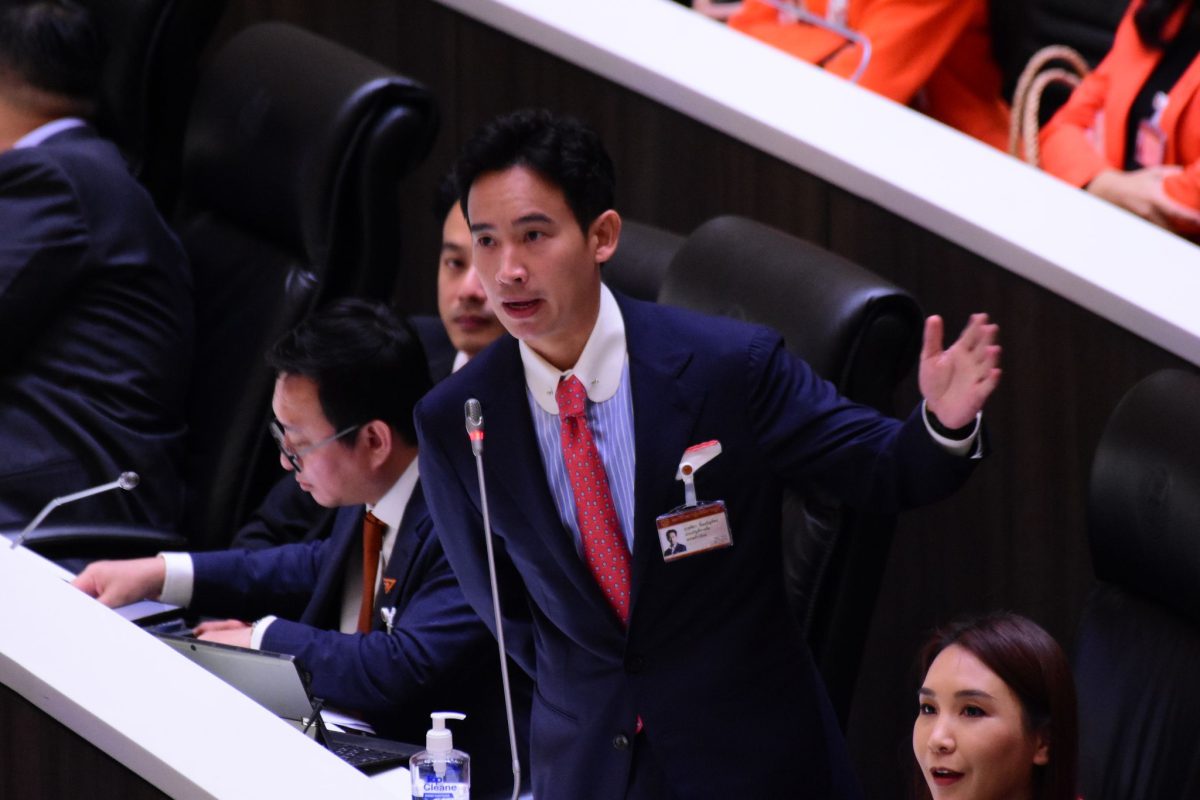The Isaan Record is happy to announce a new section in the publication: Letters to the Editor. We invite readers to share their thoughts by sending comment to editor@theisaanrecord.co. Please be aware that any published letter or comment might be subject to editing for clarity. (We apologize for republishing a Letter to the Editor from the other day, but The Isaan Record wanted to better highlight this new section.)
Observations about Northeasterners and Ethnicity
I have been traveling to Isaan quite often, especially during the past few years. But I do not consider myself a traveller, but a traveller-cum-anthopologist. I love observing, jotting down, and, most importantly, talking with the locals. I could notice a big difference in various parts of the region.
Northeastern Thailand, or Isaan, is a most squabbling territory where the issue of inter-ethnicities, primarily against central Thai ethnicity, comes into sight. Northeasterners are of more ethnically related to Laotians as shown in cultural manifestation of language and rituals.
The people in those days may have appreciated a more patriotic sense of being Lao than Thais. However, when Marshall Pleak Phibunsongkhram was in office, Thailand declared a nationalist propaganda through state decrees or rattaniyom (รัฐนิยม). Non-Thai people were pushed to be Thais. Northeasterners underwent ethnic persecution in that the Thai government terminated their ancestral identities, yet cultivating central Thai practices. For instance, schools could only teach Thai, not Lao.
Chon-klum-noi (ชนกลุ่มน้อย) or ethnic minorities are pervasive in Isaan. The word chon-klum-noi is pejorative, implying that the people lack ability to survive by themselves, considered government’s liability. As for main occupations, “previous” Northeasterners depended largely on agriculture and sadly, as the terrains are arid, here comes emigration. Those who are “breadwinners” move to Bangkok where they are promised a higher income or high enough to send remittances home, even if their jobs are often of the working-class.
A number of agricultural communities have been transforming into industries, small or middle-sized. The emergence of a nouveau riche is observed too. People, inclusive of ethnic minorities, get higher and higher educations.
I speculate that because of the readjustment of social construction, there comes the new middle class, who are self-reliant and even can give the nation substantial economic contributions. Their way of thinking is also changing in that, since they are already have that “potential,” they need more of self-government.
The problem is: our military regime now assumes “centralization” in which the power is monopolized by the government. I opine that it is contradicting to social reality of the present-day Isaan.
Patrick Huang, Bangkok




